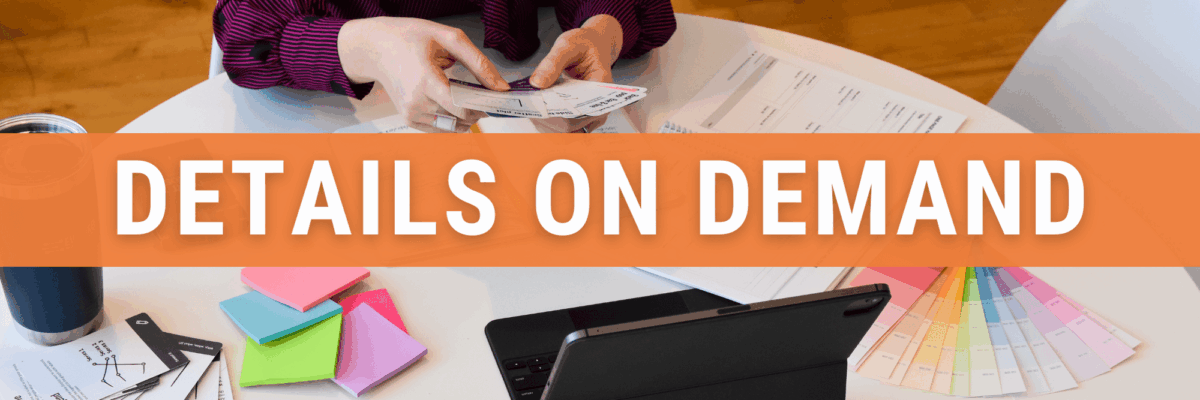Join me in feeling bad for the person who sent me this problem:
The biggest challenge I find is being able to provide enough detail for the follow up questions I know are coming without making the spreadsheets I send enormous and slow.
First thought: Why are you sending spreadsheets instead of fully digested visuals that tell a whole story? Are people asking you for the spreadsheet? Ugh, that sucks. Can you make fully digested visuals inside the spreadsheet?
Because sometimes you can answer those follow up questions right inside the visual.
Check out this example from the Washington Post.
See how they dropped the annotations along the trend line?

People will have natural follow up questions when they look at this graph. Like “What caused that dip? What caused that rise?”
So the WaPo answered the questions they knew were coming by popping in some textboxes with those answers, right next to the associated data points.
But there’s a limit on how many textboxes you can add to a visual before it gets overwhelming, right?
So, in dataviz, we have a principle: Details on demand.
“Details on demand” means that we always make more information available, it just doesn’t have to be the very first thing we show people.
Instead of overwhelming folks with every single cell of the spreadsheet, we provide a summarized story in a visual with access to the raw details as needed.
We never hide data, we just don’t blast it all at our audience as soon as they sit down.
Here are a few ways you can answer expected follow up questions using Details on Demand (and I’m sure these ideas will make you think of even more possibilities):
Tooltips (but be careful)
You can totally sneak extra details and even extra data visuals in your tooltips! (We teach how to do this in the Data Visualization Academy.)

I love this technique.
But – be mindful that tooltips aren’t currently accessible to people who need to navigate through a screen reader. Heck, sometimes my fat thumbs can’t even navigate them when I’m on my phone. Tooltips are cool but they’ll only get you so far.
They also presume you know every follow up question that could be coming.
So let’s keep brainstorming.
Slide handout with table
Craft your fully digested, well designed, insightful graph on a slide.

Then drop the table with extra details into the Notes page.

That way, when you’re walking your audience through your data (a better strategy for your career than emailing a spreadsheet), your slides look polished and professional (and thus so do you) but if that one dude in your audience wants to dig in further to see the exact decimal in the hundredths place on a particular indicator, the details are at his fingertips.
QR codes
Is it just me or did it seem like QR codes had essentially faded into oblivion before the pandemic? Now, they’re back baby!

Pop a QR code onto your poster or your last slide and lead people to your details. That spreadsheet they can download. That paper you published. That webpage you set up with further reading and resources.
The best part about this Details on Demand strategy is that it’s completely optional. People who are satisfied with the summary views you shared can just move on with their days and the grantwriters who need to pull the table of raw data to construct their own subset visual can get exactly what they need.
Win-win.
And win-wins make you look good.
Schedule a 1-1
The previous strategies are all solid choices but they all rely on technology and kinda cut you out of the detail picture.
This is great when your audience is large.
But when it’s just you trying to build a rapport with your boss, maybe it’s wiser to provide the follow up details in person.
When your boss emails you with follow up questions, sure, reply with the spreadsheet – and an offer to spend 30 minutes walking her through it. Be the data interpreter.
Now is your chance to show that you can do more than send a spreadsheet – while AI is still too dumb to truly tell the story.

